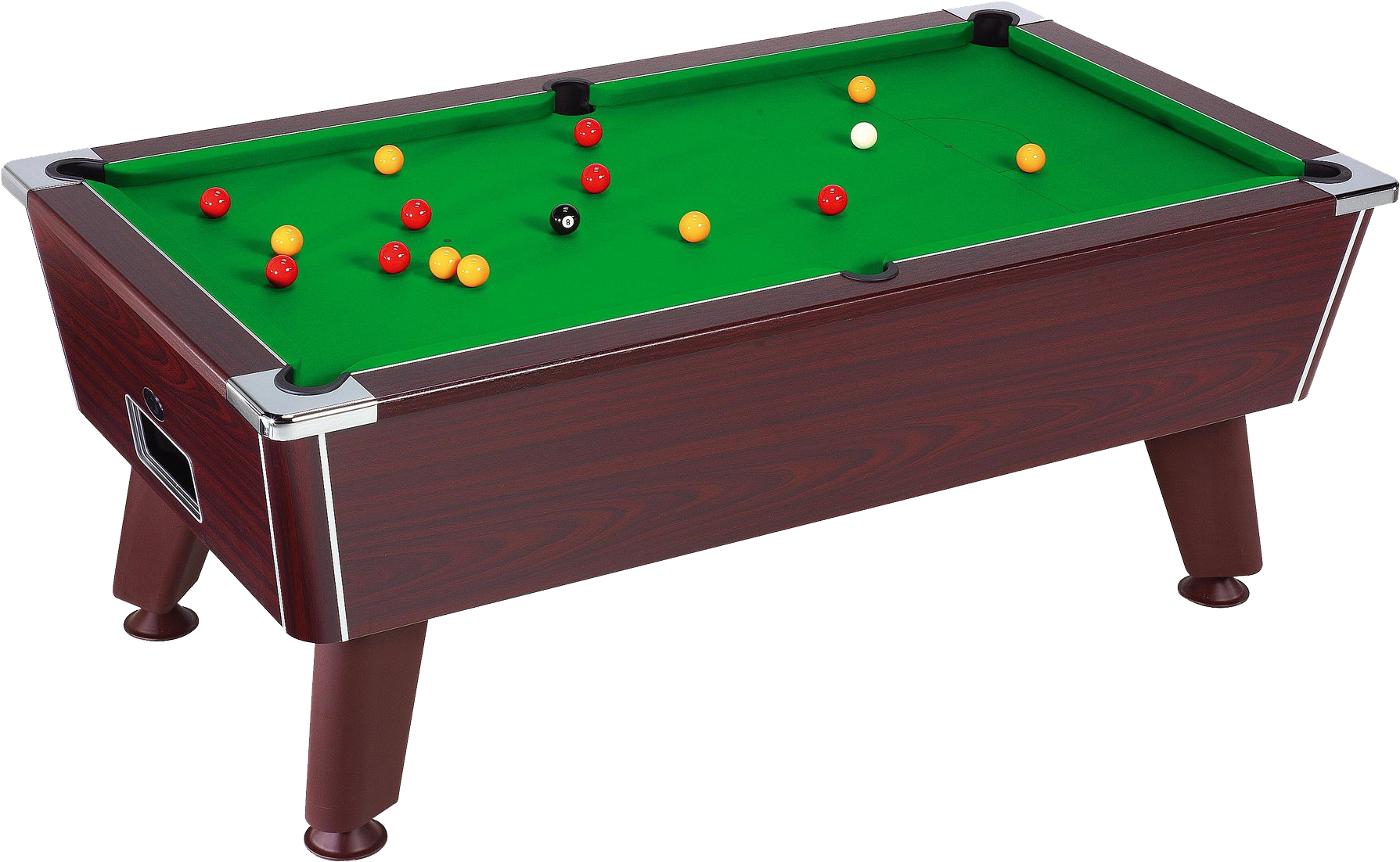Now, what is the Real World?
페이지 정보
작성자 Cathern 댓글 0건 조회 46회 작성일 24-06-06 18:42본문
The pick handle should not be making contact with the palm of your hand. Get in the habit of making a systematic "inventory" of the states of the pin stacks after you set each new pin. Now re-apply torque and set the first binding pin. Now the plug is being prevented from moving by the next most misaligned pin (which, in this case, is the other pin, since there are only two). Unset/binding. The pin stack is the currently most misaligned one. As you lift the pin stack with torque applied, eventually its cut will reach the shear line, allowing the plug to turn; the top pin will then be completely trapped in the shell, while the bottom pin stays in the plug, no longer held down by spring pressure. You must be careful to avoid touching the front-most pin with the blade of the tool, but this position has the advantage of allowing maximum room to maneuver the pick.

Continue with the one pin lock, trying to apply less and less torque each time. Note that excessive raking with any of these techniques will tend to overset pins, so be prepared to release torque and start over from time to time. The most comprehensive treatment of raking techniques I've found is in the Finch Manual of Lock Picking, what is billiards although other authors have different perspectives on the subject. Practice picking the two pin lock until you can do it easily and naturally. Find the binding pin and the non-binding pin. Repeat this exercise until you can reliably distinguish between a binding and a non-binding pin with very little lifting. See Figures 3 and 4. Once you're comfortable with the AR1 keyway, move on to the "Ilco SX" keyway locks and repeat the exercise. Find the ward directly under the pins and pivot the shaft of the pick at the font of the keyway. Chances are the two pins will be reversed -- the formerly springy one will give resistance and the formerly stuck one will be springy. There are exceptions, however.
You can’t live on the right side of the tracks without there being a wrong side of the tracks. It's binding because it's the one most out of alignment in the direction you're turning, and so its top pin is being pinched (gently) between the plug and the shell. This technique requires a great deal of practice to master, but has the surprising property of sometimes being more effective against better made locks. Spend more time on this exercise than you think you need to; most people never learn to properly apply the light touch needed to pick better quality locks. While applying light to moderate torque, push and pull a gently rounded rake pick from front to back and back to front along the pin stacks. If you release pressure with your pick while still applying torque, the bottom pin will drop freely, and will not have any spring pressure if you try to push it back up. Now, while continuing to apply torque, insert your pick and find and slowly lift the pin stack. The resistant pin stack is the called the binding pin. When the plug turned slightly, it trapped the top pin above the shear line, preventing it from re-entering the plug.
While this might have gotten the lock open, you just as easily might have pushed the cut past the shear line entirely, preventing the lock from opening altogether. In lock picking terminology, we say that the pin statck is binding. It's possible that the plug will turn as soon as you set the first pin; if this happens, it's because you inadvertently lifted the other pin with the shaft of your pick while you were working on the first one. Once you do this, one of the pins will be in the unset/binding state while the other (the one you set) will be in the set/not-binding state . Work your pick into the keyway and feel the pins. Several positions are possible; here a vertically-oriented torque tool is used at the top of the keyway. It is usually possible to insert the torque tool at either the top or bottom part of the keyway. You'll notice that it resists more than it did in the previous exercise because its top pin is pinched between the plug and the shell at the shear line by the torque you're applying. Only one pin stack should be in a binding state at any given time, of course.
댓글목록
등록된 댓글이 없습니다.